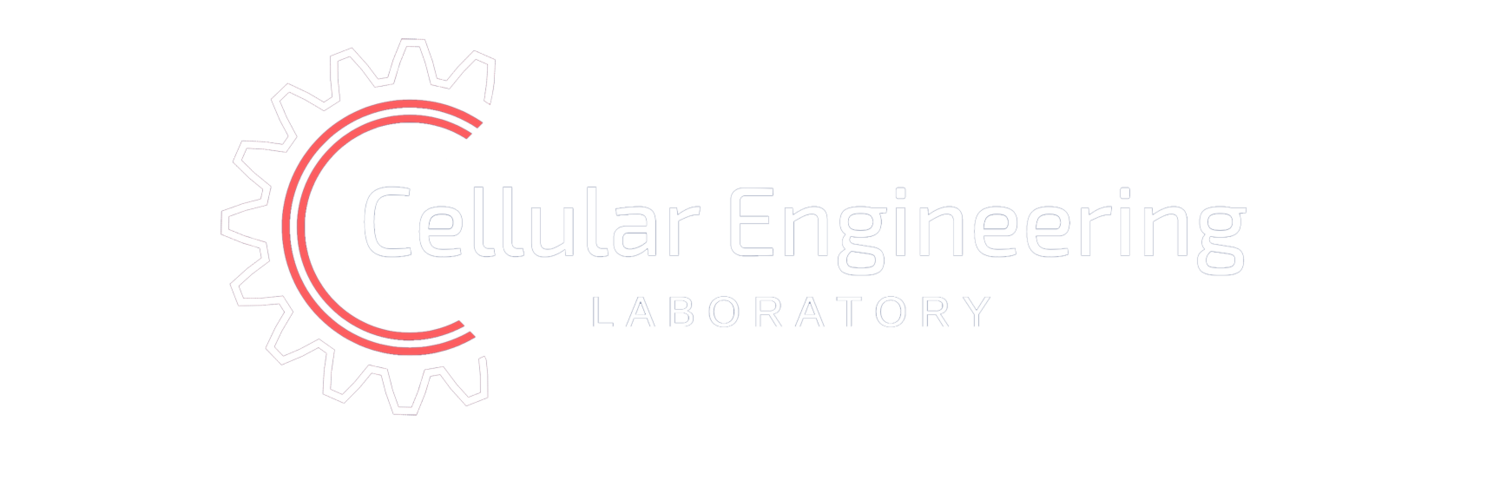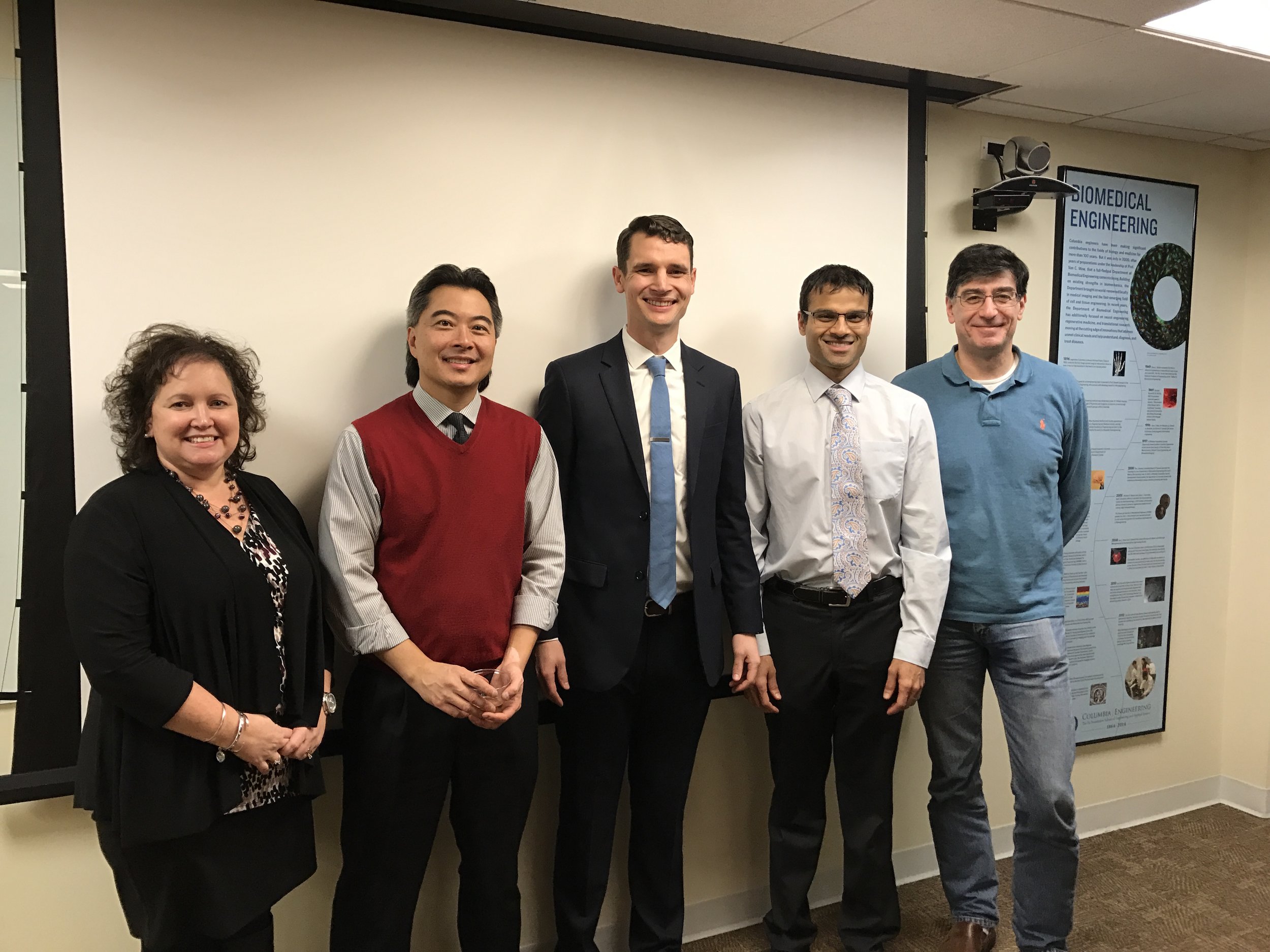Brendan successfully defended his PhD thesis "Modulation of the in vitro mechanical and chemical environment for the optimization of tissue-engineered articular cartilage." Congratulations Dr. Roach!
Thesis Abstract: Articular cartilage is the connective tissue lining the ends of long bones, providing a dynamic surface that bears load while providing a smooth surface for articulation. When damaged, however, this tissue exhibits a poor capacity for repair, lacking the lymphatics and vasculature necessary for remodeling. Osteoarthritis (OA), a growing health and economic burden, is the most common disease afflicting the knee joint. Impacting nearly thirty million Americans and responsible for approximately $90 billion in total annual costs, this disease is characterized by a progressive loss of cartilage accompanied by joint pain and dysfunction. Moreover, while generally considered to be a disease of the elderly (65 years and up), evidence suggests the disease may be traced to joint injuries in young, active individuals, of whom nearly 50% will develop signs of OA within 20 years of the injury. For these reasons, significant research efforts are directed at developing tissue-engineered cartilage as a cell-based approach to articular cartilage repair. Clinical success, however, will depend on the ability of tissue-engineered cartilage to survive and thrive in a milieu of harsh mechanical and chemical agents.
To this end, previous work in our laboratory has focused on growing tissues appropriate for repair of focal defects and entire articular surfaces, thereby investigating the role of mechanical and chemical stimuli in tissue development. While we have had success at producing replacement tissues with certain qualities appropriate for clinical functionality, engineered cartilage capable of withstanding the full range of insults in vivo has yet to be developed. For this reason, and in an effort to address this shortcoming, the work described in this dissertation aims to (1) further characterize and (2) optimize the response of tissue-engineered cartilage to physical loading and the concomitant chemical insult found in the injured or diseased diarthrodial joint, as well as (3) provide a clinically relevant strategy for joint resurfacing. Together, this holistic approach maximizes the chances for in vivo success of tissue-engineered cartilage.


